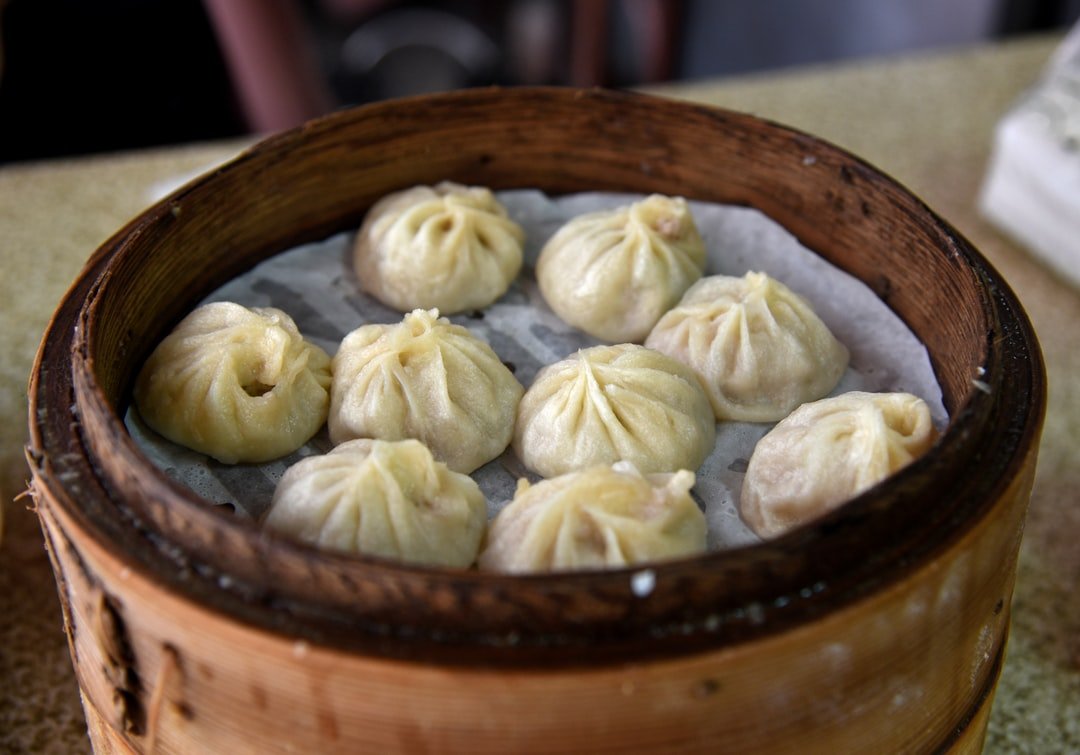A Brief History of Chinese Cuisine

Chinese cuisine is a very broad category, and there are many different types of Chinese dishes that can be found all over the world. Chinese cuisines are integral to the Chinese culture and include cuisines originating in the various regions of China, and from Overseas Chinese that have settled into other regions of the west. Chinese cuisine is popular throughout the whole of Asia, and is served at many social gatherings, from large family gatherings to small banquets for friends and relatives. This cuisine is popular all around the globe, but it is most well known in China. Click here for more ideas about the best Chinese restaurant.
Most Chinese food that is served in restaurants is quite rich in spices and oils. Spices is used to give foods their unique flavor, and different Chinese cooking techniques are employed to enhance the flavor of certain foods while changing the way they are cooked. Some Chinese food is quite simple and just consists of basic ingredients such as rice, noodles, meat, vegetables and fruits. However, many traditional Chinese dishes have elaborate cooking techniques, including using various types of herbs, seasonings and chilies, to name a few. Chinese cuisine is a fusion of many different cultures and is popular in restaurants the world over because of its rich variety and interesting combinations. It is not uncommon to see Chinese people eating foods that they would not ordinarily put together, such as jello with broccoli or ice cream with strawberry.
The aesthetic sense in Chinese cuisine is related to smell, rather than taste. Chinese people generally do not eat unless they are hungry, so what is eaten is usually more filling and more interesting to them than the taste of the food. Also, Chinese people like to eat while they are relaxing, so the smell of food can often relax them as they enjoy their meal. This is another reason why Chinese cuisine is so popular in America and Europe, where the aroma of food is often considered repulsive, but in China food is seen as a necessity. The smell of Sichuan peppercorn fish is often used to calm the nerves, and the dish Duck frying is said to be an art form because of its use of scented oil to cook the meat.
The third aesthetic sense that is commonly used in Chinese cuisine is taste. Many Chinese people say that their food is purely their own, with little or no involvement by other people. Some famous Chinese recipes have been passed down through generations of Chinese families, so there is a great deal of history and personality associated with many of the most popular Chinese dishes. In fact, some of the most popular Chinese dishes have become American favorites thanks to the popularity of certain types of ingredients used in them.
The fourth aesthetic sense in Chinese cuisine is based on the long history of Chinese cooking. Chinese people have always cooked for themselves, so much so that they have developed many time-tested methods for preparing food. The long history of Chinese cooking also means that Chinese people have long known how to sidestep Western culinary traditions and turn them into their own unique style. This is one reason that the versions of famous Chinese dishes that we know and love are so different from the recipes that came before them. For instance, one of the most popular Chinese sauces, called Szechuan sauce, has been created from a long history of borrowing and adapting Asian ingredients.
The above senses have all been applied to the creation of many of the popular Chinese foods that we know and love today. However, these aren't the only ways that Chinese food expresses itself. Many Chinese culinary traditions exist within the Chinese language itself, meaning that there is a wealth of information about the creation of Chinese food everywhere in the world. For example, online dictionaries have created a new generation of Chinese translations, making it easy for people who know only Chinese to learn how to read a common dish. Visit Chinese restaurant now to try Chinese cuisine.
Find more details at https://en.wikipedia.org/wiki/Chinese_cuisine
